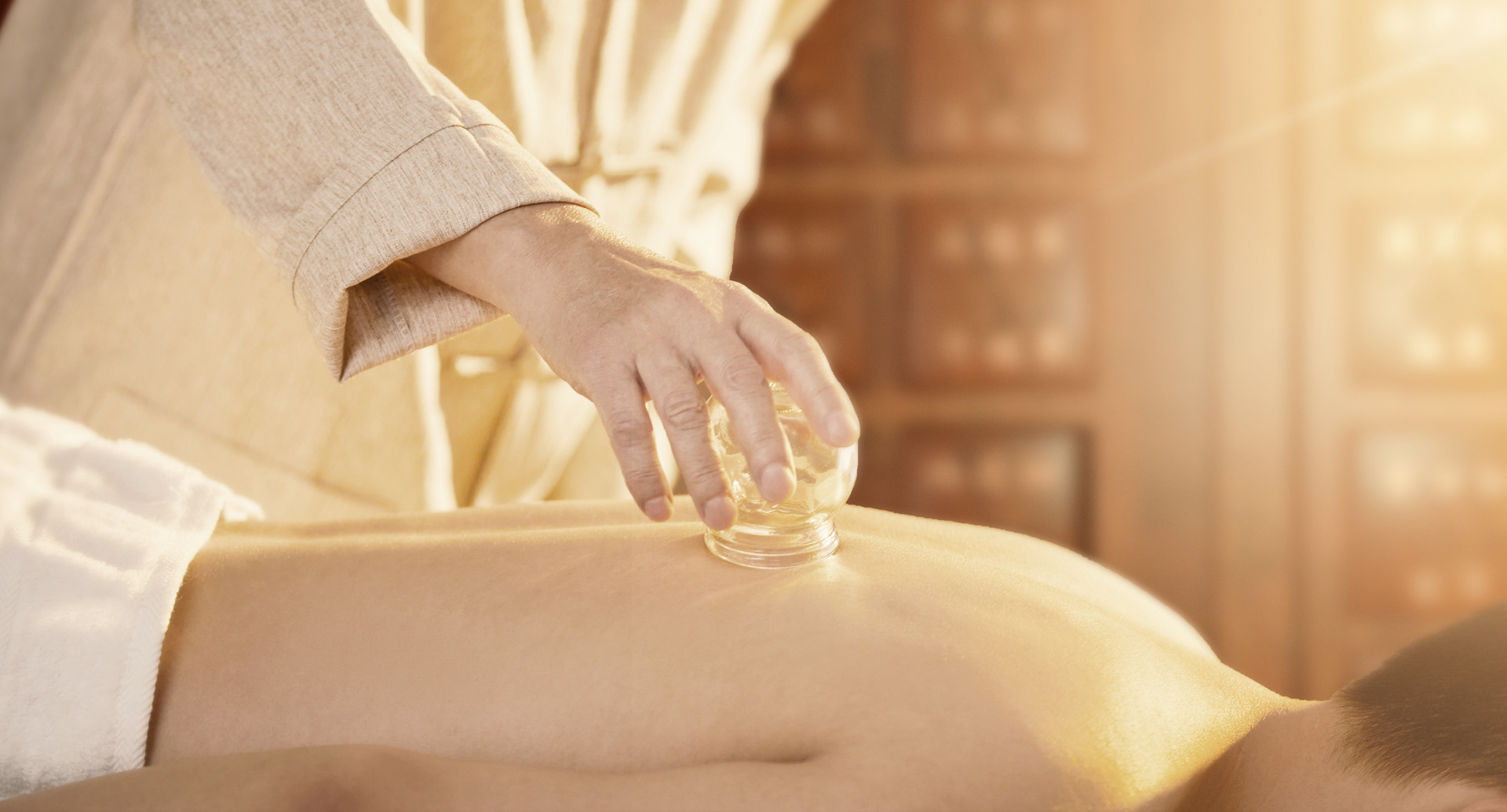It's currently the hottest time of the year, during the "San Fu Tian" period. In order to combine the health concept of "treating winter diseases in summer", many people have recently been interested in cupping therapy. What is the scam behind cupping therapy claiming to remove sticky substances? What is the truth behind cupping therapy causing blood clots?
The scam of cupping therapy claiming to remove sticky substances
We should approach these scams rationally.
Some unscrupulous businesses use deceptive techniques when performing cupping therapy on customers, claiming to have removed sticky substances during the cupping process. They may say that there is a serious health problem in the body that requires comprehensive treatment at their facility. However, this is all a scam disguised as promoting health.
The truth behind cupping therapy causing blood clots
During cupping therapy, the pressure applied to the body's capillaries can cause them to rupture, leading to blood accumulation in the tissues and an increase in the viscosity of the interstitial fluid. This is a normal phenomenon, which can occur with either less cupping or longer duration of cupping.
The truth behind blood clots formed during cupping therapy
It is a normal occurrence.
When blood is drawn during cupping therapy, the body's coagulation system is automatically triggered. The main component of coagulation is platelets. After bleeding, platelets start to clot to prevent excessive bleeding and protect the body from harm. This is a normal response of the body's clotting mechanism.
What is the purpose of cupping therapy?
Cupping therapy uses the method of drawing blood to remove stagnant qi from the body. By applying pressure during cupping therapy, the meridians in the body are cleared and the excessive heat in the blood is reduced, allowing the body's qi and blood to return to normal circulation.
What are the precautions for cupping therapy?
1. Duration of cupping
In cases of severe illness, deep-seated disease, or painful conditions, cupping therapy should be performed for a longer duration. For mild illness, superficial conditions, or numbness-related diseases, cupping therapy should be performed for a shorter duration. If the muscle is thick, the duration of cupping can be slightly longer; if the muscle is thin, the duration should be shorter. During cold weather, the duration can be appropriately extended, while during hot weather, it should be shortened accordingly.
2. Keep warm
Cupping therapy should be performed after removing clothes, so it is important to avoid direct exposure to drafts and prevent chilling. The indoor temperature should be maintained.
3. Avoid burns
Avoid dropping flammable substances into the cups, and avoid burning the rim of the cups to prevent burns.
4. Inappropriate areas
Cupping therapy should not be performed on areas with damaged skin, scarred skin, skin with abnormal growths, or protruding bones. In addition, the same area should not be cupped every day. Cupping therapy should not be performed on scars until they have completely healed.
5. Prevent infection
After cupping, if there is localized redness or itching on the skin, do not scratch it. It will usually disappear after a few hours or days. If blisters, water droplets, bleeding spots, or bruises appear, these are normal treatment reactions. For mild blisters, simply prevent them from being punctured and they will naturally absorb. For larger blisters, use a sterilized needle to puncture them at the base, drain the fluid, and apply sterilized gauze to prevent infection.












